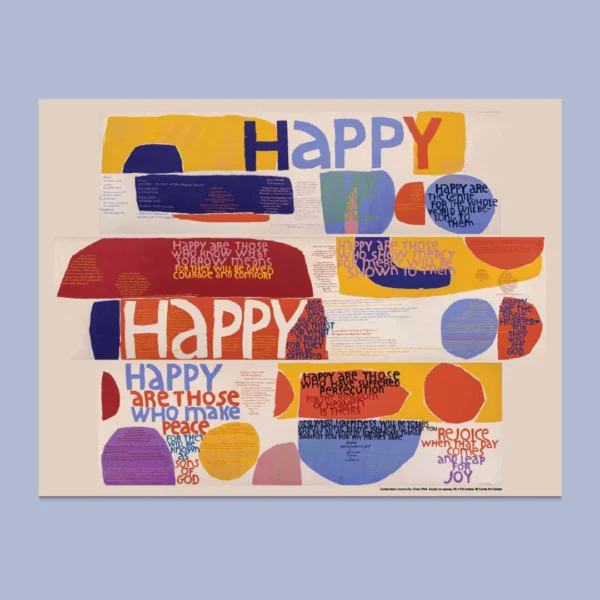
Today’s newsletter begins with a quote from Katherine Rundell’s Why You Should Read Children’s Books, Even Though You Are So Old and Wise:
“When you read children’s books, you are given the space to read again as a child: to find your way back, back to the time when new discoveries came daily and when the world was colossal, before your imagination was trimmed and neatened, as if it were an optional extra.”
Read the rest here.



